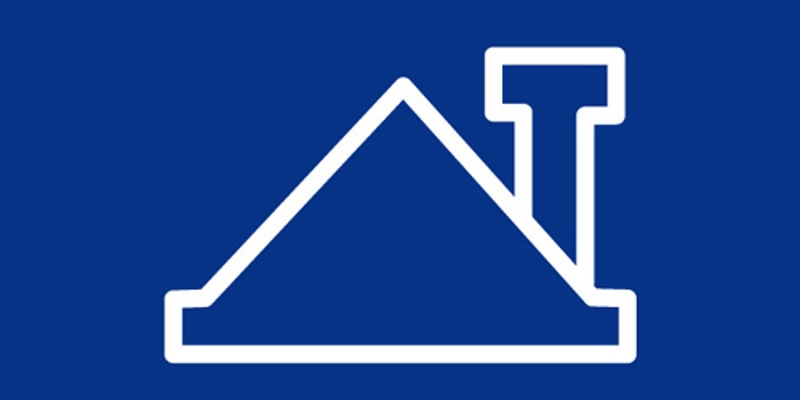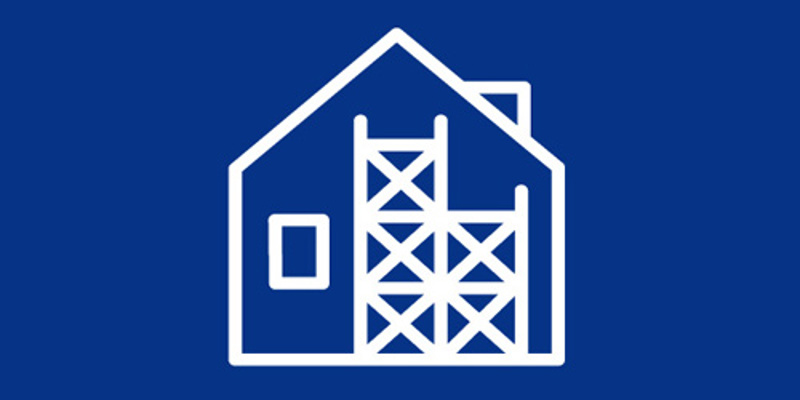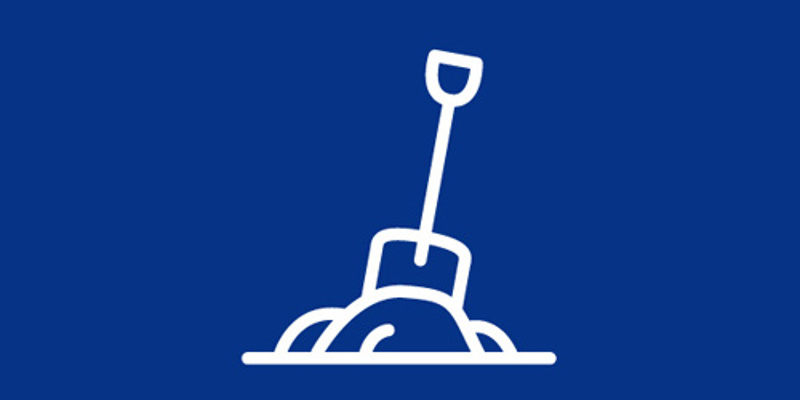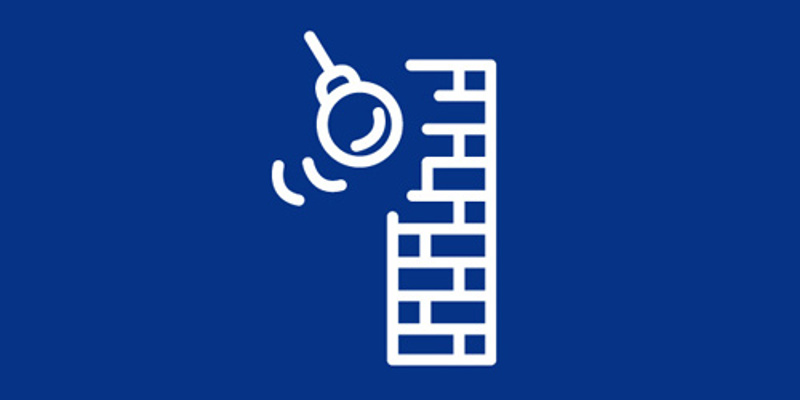
Safety in the building and construction industry
The building and construction industry is marked by a high rate of attrition and many serious work accidents – particularly among foreign workers in Denmark. Read what you can do to improve safety as an employer or employee.
Getting started in Denmark
The risk of serious accidents and physical overload in connection with heavy lifting, for example, is more than twice as high in the construction sector than in all other sectors in Denmark. However, the risk can be significantly reduced if you comply with Danish occupational safety and health regulations.
To make things easier, Arbejdstilsynet - the Danish Working Environment Authority - has put together material with an overview of the most important regulations. The employer has overarching responsibility for workplace safety and health. However, employees can also contribute.
Important information for employers
-
All employers who operate in Denmark are obliged to
- give their employees adequate training and instruction so that work can be performed safely and securely.
- effectively supervise and monitor that work is being performed safely and that instructions are followed.
- establish a Health and Safety Organisation if work continues for more than 14 days and there are 5 or more workers at the workplace.
- prepare a written workplace risk assessment together with employees.
- report work accidents to the authorities.
Regulation
Building and Construction. Executive Order (2021) as subsequently amended
Conditions at Alternating Places of Work. Executive Order, 1993
Cooperation on health and safety at temporary or mobile work sites. WEA Guideline
Design of Technical Equipment. Executive Order, 2023 (In Danish)
Use of Technical Work Equipment. Executive Order, 2023 (In Danish)
Welfare facilities for alternating workplaces, WEA Guidelines, 1998 (In Danish)
-
The client is responsible for coordinating health and safety measures across the construction site when more than one company is operating on the site at the same time. This applies in relation to shared access routes, shared scaffolding, direction lighting and transport of material and storage areas, among others.
On major construction sites, the client must hold start-up and safety meetings for all companies and carry out safety inspection patrols. On these inspections the client will review safety on the construction site together with companies to identify any safety problems.
The client is responsible for notifying the authorities of construction and building work:
Notify the Working Environment Authority of construction and building work
Regulation
Duties of Project Supervisors and Consultants. Executive Order (2013)
-
If an employer employs at least 5 workers at a workplace and work continues for at least 14 days then cooperation on health and safety must take place through a Health and Safety organisation.
Contractors and clients must have an organisation to coordinate health and safety work across the site.
Read more about the requirements for a Health and Safety organisation
Health and safety cooperation at building and construction sites (fact sheet for contractors)
-
A workplace risk assessment is the company's tool for systematising its health and safety efforts. Among other things, a risk assessment is used to find and resolve any health and safety issues.
The WEA do not have to approve the company’s risk assessment, but will often check whether the risk assessment has been implemented as required by law.
Read more about the requirements for a workplace risk assessment
Important information for employees
-
The building and construction industry has a high number of work accidents compared to other industries. The most common accidents in the building and construction industry are:
- Falls from height, from roofs, scaffolding or ladders, for example.
- Falls at ground level, when walking on slippery or uneven surfaces, for example.
- Accidents with power tools or machines, for example with chainsaws or angle grinders.
- Heavy lifting accidents.
In order to prevent work accidents and other health problems among the employees, it is important, that both employers and workers contribute to ensuring the safety of their working environment. The employer bears overall responsibility for the working environment but the employees share responsibility; to follow employer directions, for example and use the personal protective equipment the employer has provided.
-
Whether you, your employer or the client provide accommodation in Denmark, there are rules that govern your living standards while working in Denmark. The rules apply whether you live on a camp-site at the construction site, at a hotel or in privately rented accommodation.
-
If you have been educated outside Denmark there are a number of jobs in the building and construction industry that you may not carry out before your qualifications have been approved by the WEA. This applies for example if you are working with assembly and dismantling of scaffolding or interior demolition of asbestos.
Read about when you need to have your qualifications recognised and how to do it
Any questions?
Contact Arbejdstilsynet
The Danish Working Environment Authority
Phone hours
Monday - Thursday: 8 - 15
Friday: 8 - 14
Press 9 for English



